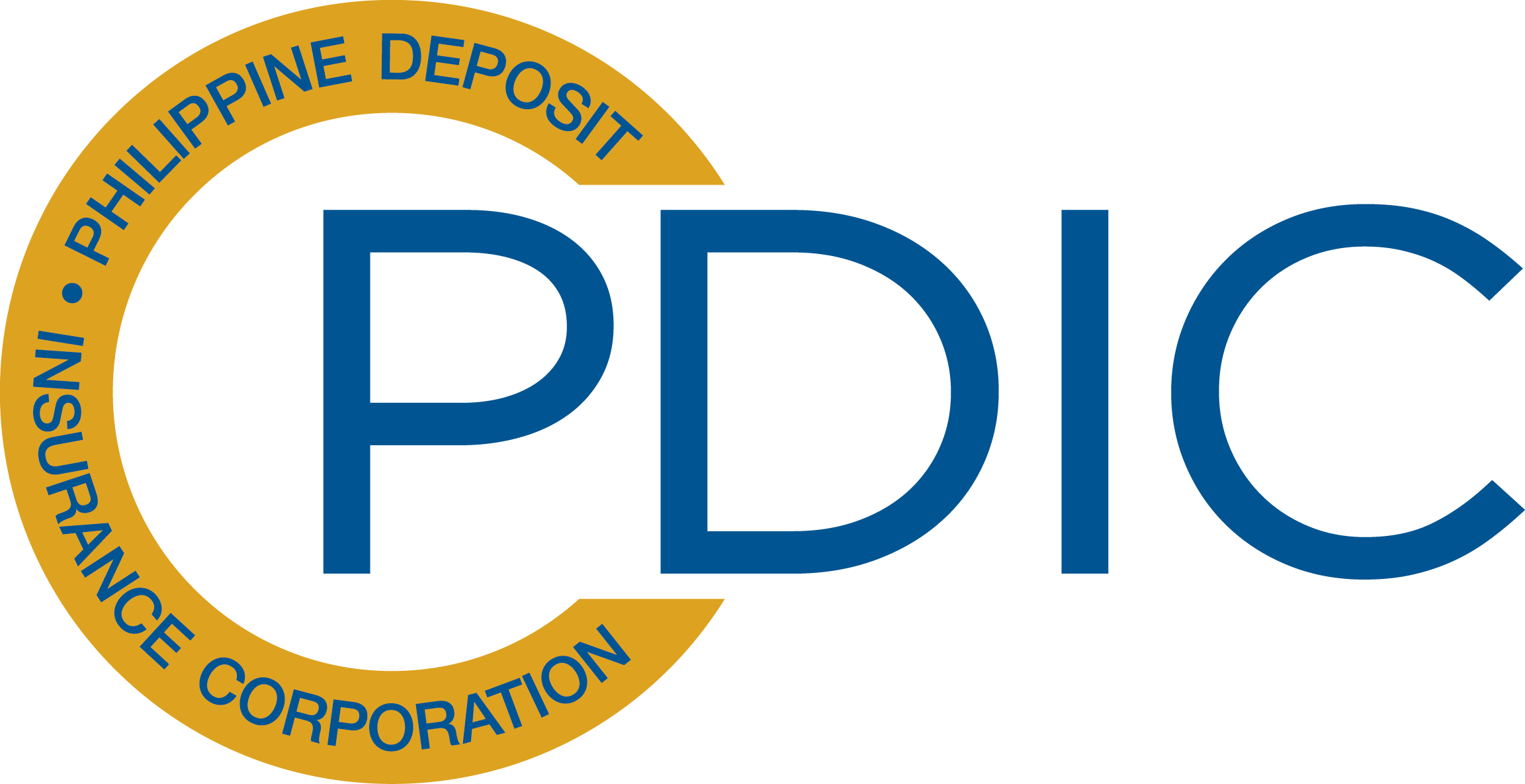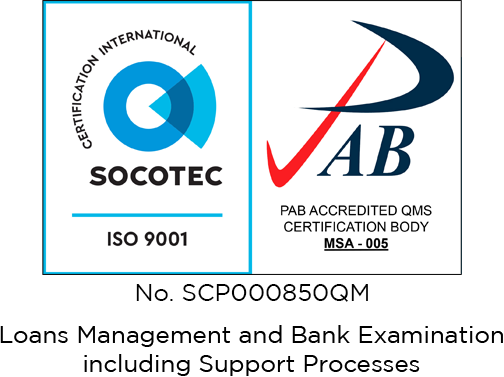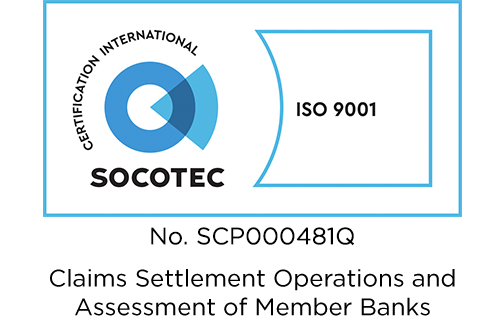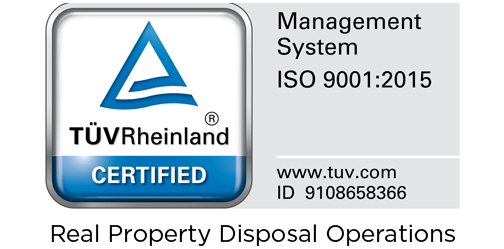| ARCHIVE |
Understanding and calculating yield in different asset classes |

THE growing Philippine economy implies a growing income and savings for the population. This would also mean a growing demand for investment assets. There is a wide and growing range of investment assets in both the financial and real markets. The choice of investment can go from a direct investment of time and savings into a small business to an investment in a trust fund. In all cases, people invest for yield either to see their investments grow, for a regular supplement to their cash flows or a combination of both. Yields come in different ways THE simplest way to determine and earn yield is to put savings in a savings or time deposit with a bank. The deposit is given a rate and this can be calculated daily although rates are usually higher if invested for longer periods. Among the categories of sub markets in the financial market, the depositor is participating in the deposit market which in the Philippines can be done only with banks. In this form of investment, the only source of yield is the interest and this yield is assured. At the other end of the spectrum in the financial market is investment in listed stocks of companies in the stock market exchange (Philippine Stock Exchange). Here, the investor can invest in a large number of listed companies. Here, there are more possibilities of higher yields as well as losses. The yield can come from price appreciation and dividends from the stock(s) held and losses can come from price depreciation. There is no assurance of cash dividends because dividends can only come from retained earnings of a company as well as the determination of the company’s Board whether to pay out cash dividends or to keep the funds of the company for business expansion and maybe pay out instead stock dividends. The stock dividends may be sold by the investor for cash and added to the calculation of his cash yield. As a simple example of calculating yield in a stock investment, let us have an example of an investment in the stock of Company A with a par value of 100 but trading at the price of P200. After a one year holding period, let us say that the stock is trading at P250 and declares a cash dividend of 10 percent on par value. The yield in terms of annual return to the investor after holding the stock of Company A for one year is calculated as 250-200 +10 (10 percent cash dividend on par value of 100) over the P200 initial investment equals P60 over P200 or a 30-percent return. If the price of the stock had gone up to P250 after a six-month holding period and without a cash dividend, the yield for the investor would have been 50 percent on an annualized basis calculated as 250-200 multiplied by 2 (representing 12 months /6 months). However, the market could also have gone the other way and the investor could have lost as much. A stock investment represents potential high yields from both price appreciation and dividends although none is assured or guaranteed and there is a much greater risk of not getting any yield or even losing at least part of the original investment compared to a deposit in a bank. Another capital market instrument just like stocks are bonds. In the case of bonds, the price fluctuations and thus, the potential market appreciations and depreciations are much less and regular earnings via interest are assured by the issuer. However, just like other financial market instruments, there is always the risk of default by the issuer. The yields on bonds are more complex to calculate and this is based on the acquisition price of the bond plus the price appreciation or depreciation of the bond at redemption date or at the time of disposal by the investor plus the interest rate or coupon of the bond. For example, a 5-year corporate bond with a coupon of 7 percent per annum may be acquired at par or face value, i.e. 100 and held for one year. If the price of the bond goes up and the investor is able to sell it at 102 or 2 percentage points higher, the yield to him for buying and holding the bond for one year is 9 percent. If the price of the bond goes down after one year and the investor needs liquidity and sells it only for 98 or 2 percentage points lower than his acquisition cost of par, then his yield for holding the bond for one year is roughly 5 percent. All forms of forms of financial instruments that are sold to the public must be registered with the Securities and Exchange Commission. Company stocks are traded and can be acquired through the Philippine Stock Exchange. Bonds and other “fixed income instruments” are listed in the Philippine Fixed Income Exchange. A transparent and cohesive financial market A balanced and sustained growth in the country’s GDP and wealth must result and be supported by a growing middle class. An important ingredient for such a virtuous cycle is a transparent and efficient financial market where sources and users of funds meet. There are several subsectors in the financial market and we have covered some of them. Investors, savers and users of funds must appreciate the risks, uses and benefits of each. While an efficient financial market allows investors to move smoothly across the different sub sectors, the risks and limitations in each asset class must be fully appreciated. ____________________________________* Written by PDIC President Valentin A. Araneta for Free Enterprise and published in the Businessmirror on September 28, 2012. Mr. Araneta writes for the Free Enterprise column as a member and officer of the Financial Executives of the Philippines (Finex). Requests for his past articles may be coursed through ccd@pdic.gov.ph. |
back |
This website uses information-gathering tools including cookies and other similar technology. Data generated are not shared with any other party. For more information, please refer to our privacy policy.
 PDIC is a government instrumentality created in 1963
PDIC is a government instrumentality created in 1963by virtue of Republic Act 3591, as amended, to insure
the deposits of all banks. PDIC exists to protect
depositors by providing deposit insurance coverage for the depositing public and help promote financial stability. PDIC is an attached agency of the Bangko Sentral ng Pilipinas.

Questions? Need Help?
Click Frequently Asked Questions
Trunkline.: (632) 8841-4000
Hotline: (632) 8841-4141
(for Metro Manila clients)
Fax No.: (632) 8841-4085
Email: pad@pdic.gov.ph
Client outside Metro Manila may call
Toll Free: 1-800-1-888-7342 or
1-800-1-888-PDIC

.png?Monday; April 29, 2024)

Hotline: (632) 8841-4141
(for Metro Manila clients)
Fax No.: (632) 8841-4085
Email: pad@pdic.gov.ph
Client outside Metro Manila may call
Toll Free: 1-800-1-888-7342 or
1-800-1-888-PDIC

.jpeg)
.png)


